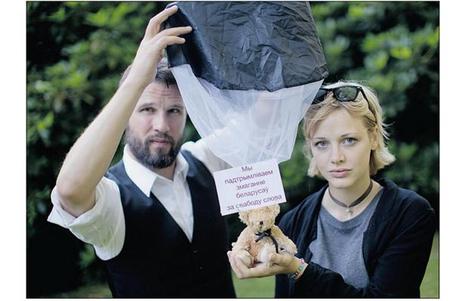(p. B8) The blockchain technology that underpins cryptocurrencies such as bitcoin could change the way property deals are done and recorded more than any other new technology, real-estate and technology experts say.
And Sweden’s nearly 400-year-old land mapping and registration authority is likely to become one of the first government agencies to test using blockchain technology for conducting property sales.
The Lantmäteriet expects to conduct the first such transaction in the next few months and is shortlisting volunteers who want to buy or sell a property using the blockchain system. “From the technology point of view, we are quite ready,” said Mats Snäll, Lantmäteriet’s chief digital officer.
Proponents of blockchain say the technology would make recording and transferring titles faster and much more efficient. Transactions that today take months to complete could take days or even hours, they say.
Blockchain technology also is practically bulletproof when it comes to fraudulent transactions, experts say.
For the full story, see:
Shefali Anand. “Test of Blockchain for Real Estate Is Readied.” The Wall Street Journal (Wednesday, March 7, 2018): B8.
(Note: the online version of the story has the date March 6, 2018, and has the title “A Pioneer in Real Estate Blockchain Emerges in Europe.”)




